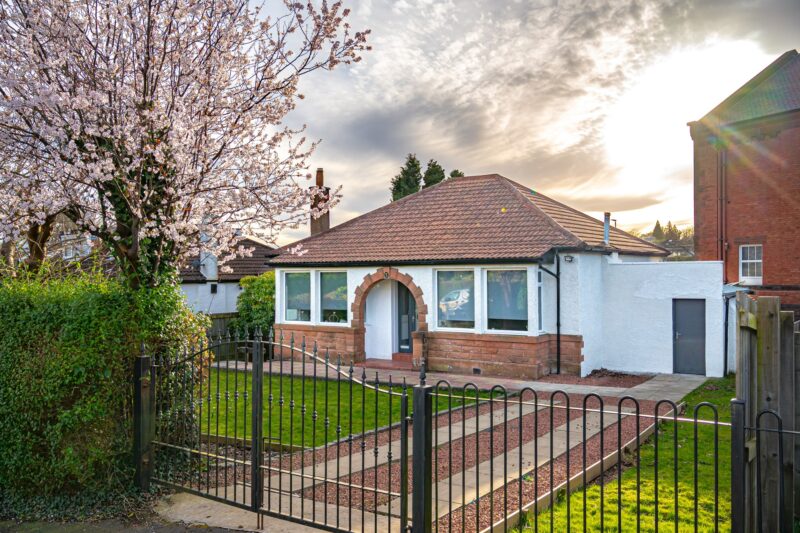
Reduce Household Energy Bills Without Sacrificing Home Comforts
The thought of reducing energy consumption in the home usually conjures up images of dark, cold rooms, filled with miserable inhabitants having to wear several wooly jumpers just to keep warm. That’s the scenario we want to avoid! But is it possible to reduce household energy bills and be more environmentally friendly without sacrificing home comforts? Thankfully, yes. Here are some simple ways to achieve this whilst remaining in the 21st century…
Switch energy supplier
This is one thing that many of us never do, simple because it seems like too much work, but switching energy supplier can result in huge savings. Ideally, we should change supplier every few years, at the very least, to appreciate the best results and savings. Do a comparison on an independent website (or several) to see how much you can save on your gas and electricity supplies. On average, consumers can save over £200 per year, and many of them offer incentives, too.
Underfloor Heating

Warm water underfloor heating is the modern affordable way to provide energy efficient heating to domestic and commercial buildings. It enables low temperature and eco-friendly heat sources to perform at their best, and with individual room control as standard, users prefer the comfort levels, with heat where they want it, when they want it. Find out more from BEAMA, Underfloor Heating Manufacturers Association.
Switch type of heating fuel
Installing solar panels not only helps reducing energy bills, but also making money by generating energy and selling it back to the grid. Solar panel electricity systems, also known as photovoltaics (PV), capture the sun’s energy using photovoltaic cells. These cells don’t need direct sunlight to work – they can still generate some electricity on a cloudy day. The cells convert the sunlight into electricity, which can be used to run household appliances and lighting. Find out more from Energy Saving Trust.
Switch to Energy Saving Lights
Energy-saving lightbulbs are one of the simplest ways to reduce household bills and environmental impact. The bulbs themselves do often cost much more than stands lightbulbs, but they use 90% less energy and last much, much longer, so the long-term savings are evident. And, of course, switch off all of your lights when they’re not in use (it’s hard, we know!) and use dimmer switches wherever possible. The savings will realise themselves quicker than you can actually change one of the lightbulbs!
Use an eco-kettle

Apparently, kettles consume a disproportionate amount of energy – and now you can look for an eco-kettle, which is built to use less energy and save on your energy bill while still boling water for your regular cup of tea.
Dress Your Windows and Doors to Cut out Draughts
Aside from the obvious solutions of adding carpets and rugs wherever practically and aesthetically possible, cutting out draughts in the home is what we all strive for, especially when we live in the UK. We may not have the coldest climate on earth, but by goodness does it get chilly from October onwards! The wind that shakes the windows, comes through the doors, and makes it way down the chimney breast when you least expect it—this is what we all want to minimise.
An easy and eye-pleasing way to go about it is to dress your windows and doors with thick, warm curtains. They will help you trap the warmth inside while looking elegant at the same time.

There are a number of solutions to reduce the bitter cold air that permeates our interior space, including window draft-proofing strips, draught guards, and stirs around doors, lining chimney blocks with inflatable pillows, adding silicone filler sealants to floorboards, and adding wall and attic insulation. Determine where the draughts are entering your home and create a draught-proofing plan to address these issues and reduce monthly expenditure.
Use A Smart Energy Monitor
A smart energy monitor can help you see where and when you consume the most energy and help you improve on your home’s overall energy efficiency.







